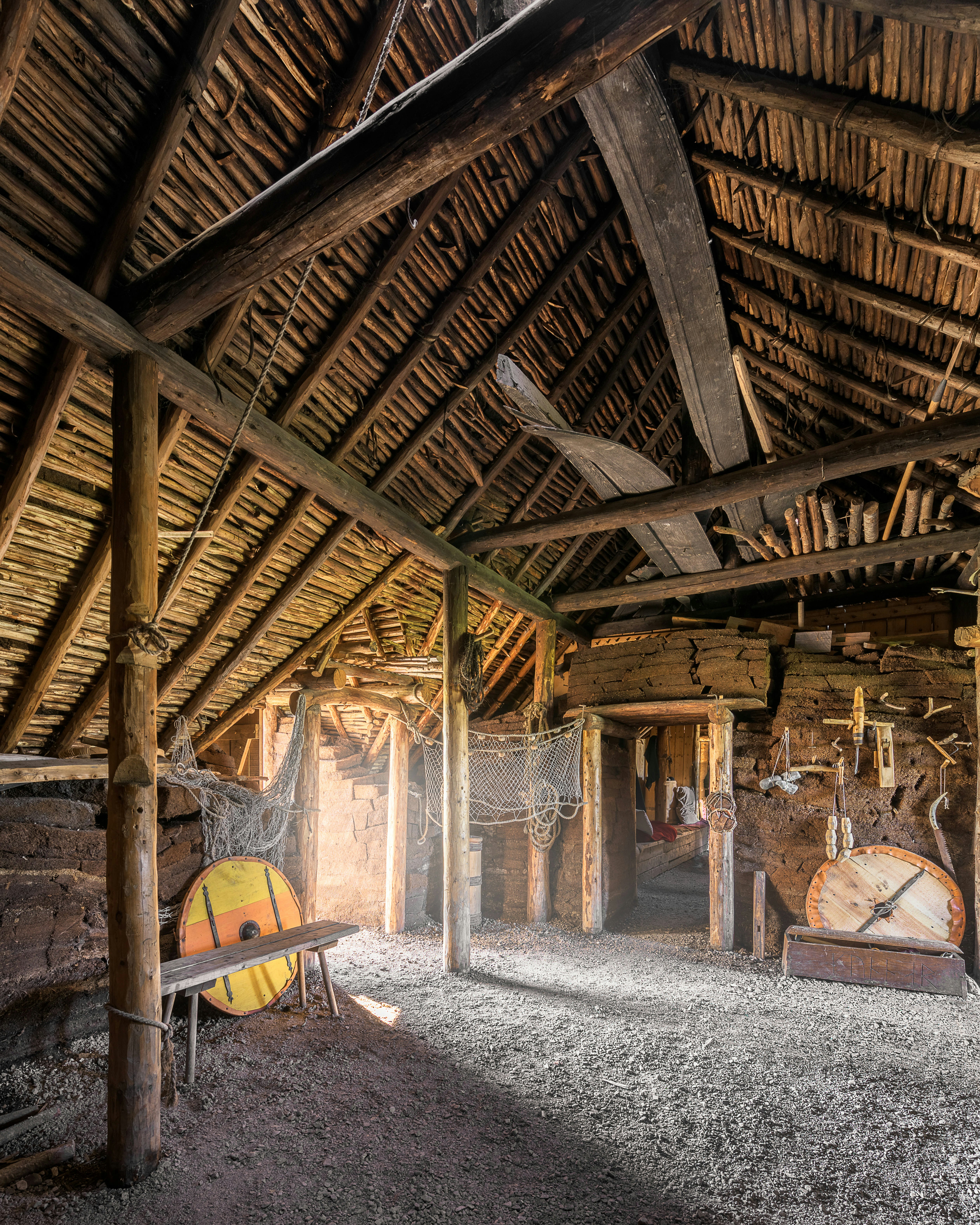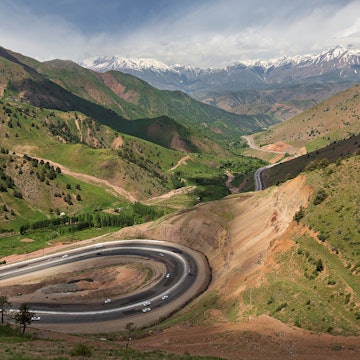

In a time before planes, credit cards and the internet, travel was often as dangerous as it was exciting. Yet for millennia those with a taste for adventure have given in to the human impulse to explore the world, to discover new cultures and pave the way for others. The roll call of great historical travelers includes the well known and the should-be-better known. Here are a select few, each of whom demonstrates that curiosity that keeps us exploring today.

Zheng He and the "treasure voyages"
“Eventful” is an adjective that could easily apply to the lives of many well known travelers but it’s particularly apt for Zheng He. Born a Muslim, he was captured, castrated and converted by Chinese troops, before rising through the ranks of the Ming army to become a trusted adviser to Emperor Yongle.
Made admiral in charge of the “treasure voyages” (seven sea trips designed to expand Chinese knowledge, trade and influence in the early 15th century), he headed west to Southeast Asia, India, the Arabian Peninsula and East Africa, employing diplomacy where possible and force where necessary to impress the locals.
Marco Polo on the Silk Road (and beyond)
When he left his home in Venice in 1271, Marco Polo, arguably the most famous traveler of all time, couldn’t have imagined he’d be away for 24 years. Driven as much by trade as by the travel bug (he came from a family of merchants), he followed the Silk Road to China (or Cathay as it was then known). There he became friends with the Mongol emperor Kublai Khan and embarked on a series of journeys as emissary of the khan, which he subsequently documented in the Book of the Marvels of the World, a bestseller at the time.

Gertrude Bell broke and created boundaries
Scholar, diplomat, empire-builder, mountaineer, traveler – if you thought we were about to talk about a man, you’d be mistaken. All these attributes and more belong to the Brit Gertrude Bell. Breaking into previously male-dominated areas of society in the late 19th and early 20th centuries, she had already been stranded on a rope for some 53 hours while climbing in the Alps, circumnavigated the world twice and spent years exploring the Middle East before she was involved in drawing up the post-WW1 borders of Iraq, an area she knew well thanks to her love of archeology.
A less controversial legacy of her time in the region is the Iraq Museum, a repository of objects from the country’s extraordinarily long past which she helped create shortly before her death in 1926.
Ibn Battuta's 30-year trip
Hailing from Morocco, Ibn Battuta would, like his near contemporary Marco Polo, not see his home for many decades once he headed off on his travels. Deciding to go on pilgrimage to Mecca, he left his family and friends in Tangier in 1324, following the North African coast in the company of camel caravans (for safety) and completing his hajj in 1326.
Influenced by a holy man’s prophecy saying he would travel the earth, he then continued east – and south and north and west, crossing Spain, India, Persia, China, Southeast Asia and many more destinations on his wishlist. Sometimes treated as an honored guest by those he encountered, other times as a hostage, as well as exploring new places he also found time to marry (and divorce) an astonishing ten times during his trip, before finally returning home for good (and presumably a rest) in 1354.
Percy Fawcett and the lost city of Z
Once British soldier and explorer Percy Fawcett got the idea of a mysterious civilization in the Brazilian Amazon into his head, he couldn’t shake it and his obsession with "the lost city of Z" would lead to his death. A respected cartographer, he was sent to Brazil’s Mato Grosso region in 1906 to help determine the country’s border with Bolivia.
On subsequent visits he became fascinated by rumors of a former culture, with grand architecture, hidden somewhere in the area’s vast jungles. In April 1925 he set out to find it with his son and his son’s best friend. By the end of May they had disappeared. Whether they were killed by a local tribe or died of starvation is still unknown. But recent research has offered tantalizing evidence that a civilization just like the one Fawcett was looking for, did exist in the region and is known as Kuhikugu.

Leif Erikson landed in North America
Centuries before Marco Polo and Zheng He set off on their expeditions, an intrepid Icelander decided to sail west from his home to see what he would find. It’s not surprising that travel was in Leif Erikson’s blood (his father, Erik the Red, was exiled from Iceland to Greenland), but he couldn’t have known, as he set sail around 1000 CE, that he would build the first European settlement in North America.
Exactly where he created his community of Vinland is hotly debated – tradition has it in L'Anse aux Meadows in Newfoundland, Canada – but history, and a large, west-facing statue of him outside Reykjavík’s Hallgrimskirkja church, will always remember his groundbreaking journeys.
Mansa Musa's economic impact
There aren’t many trips that can claim to have devastated local economies, but the pilgrimage to Mecca by Malian ruler Mansa Musa did just that. Like Ibn Battuta a year or two earlier, Musa traveled across northern Africa on his hajj, but with an entourage whose stats defy belief: 60,000 people, including 12,000 slaves and heralds, plus 100 elephants and 80 camels carrying thousands of pounds of gold which was lavishly dispensed to people en route – Mali was the world’s main gold producer at the time making Musa possibly the richest man who has ever lived. His generosity proved disastrous, though, as so much gold flooded the market that its value dropped and negatively impacted local economies for around a decade after his trip.
Nellie Bly circumnavigated the world in 72 days
“No one but a man can do this!” scoffed her editor when journalist Nellie Bly suggested a round-the-world trip in 80 days, emulating the fictional Phileas Fogg. The year was 1889 and convention simply didn’t allow a solo female traveler to do this kind of thing, but, as with Gertrude Bell, “convention-defying” could have been Nellie Bly’s middle name (actually her real name was Elizabeth Jane Cochran; Nellie Bly was her pseudonym).
Having already earned her credentials with an exposé on the appalling treatment of women in New York’s mental asylums, she packed her bags (very lightly), hid her money in a small pouch under her clothes, and boarded the steamship Augusta Victoria. Crossing Europe, South Asia, Japan and the US, and having several adventures and close calls along the way, she returned to a rapturous welcome on January 25, 1890 – 72 days after setting off. Beat that, Phileas!
You might also like:
History lives here: the most storied places in the US
Jane Austen's England: a traveller's guide to finding Mr Darcy














